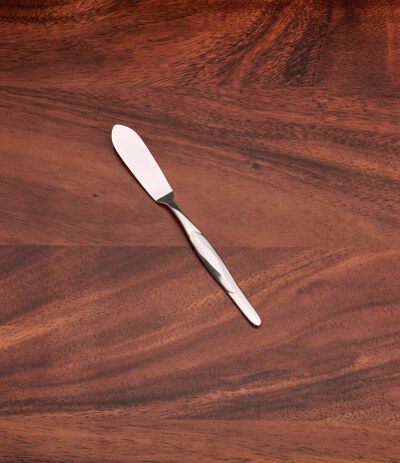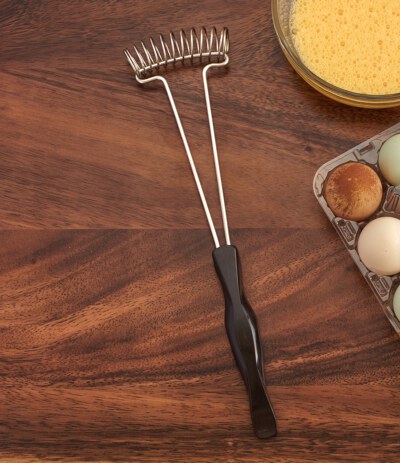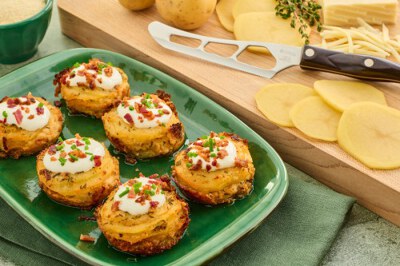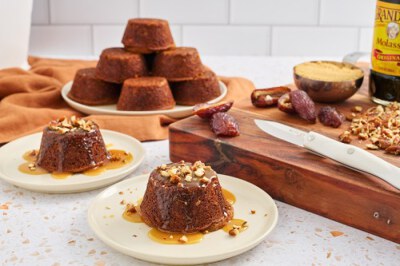A Guide to Cooking Ingredient Substitutions
1224 days ago
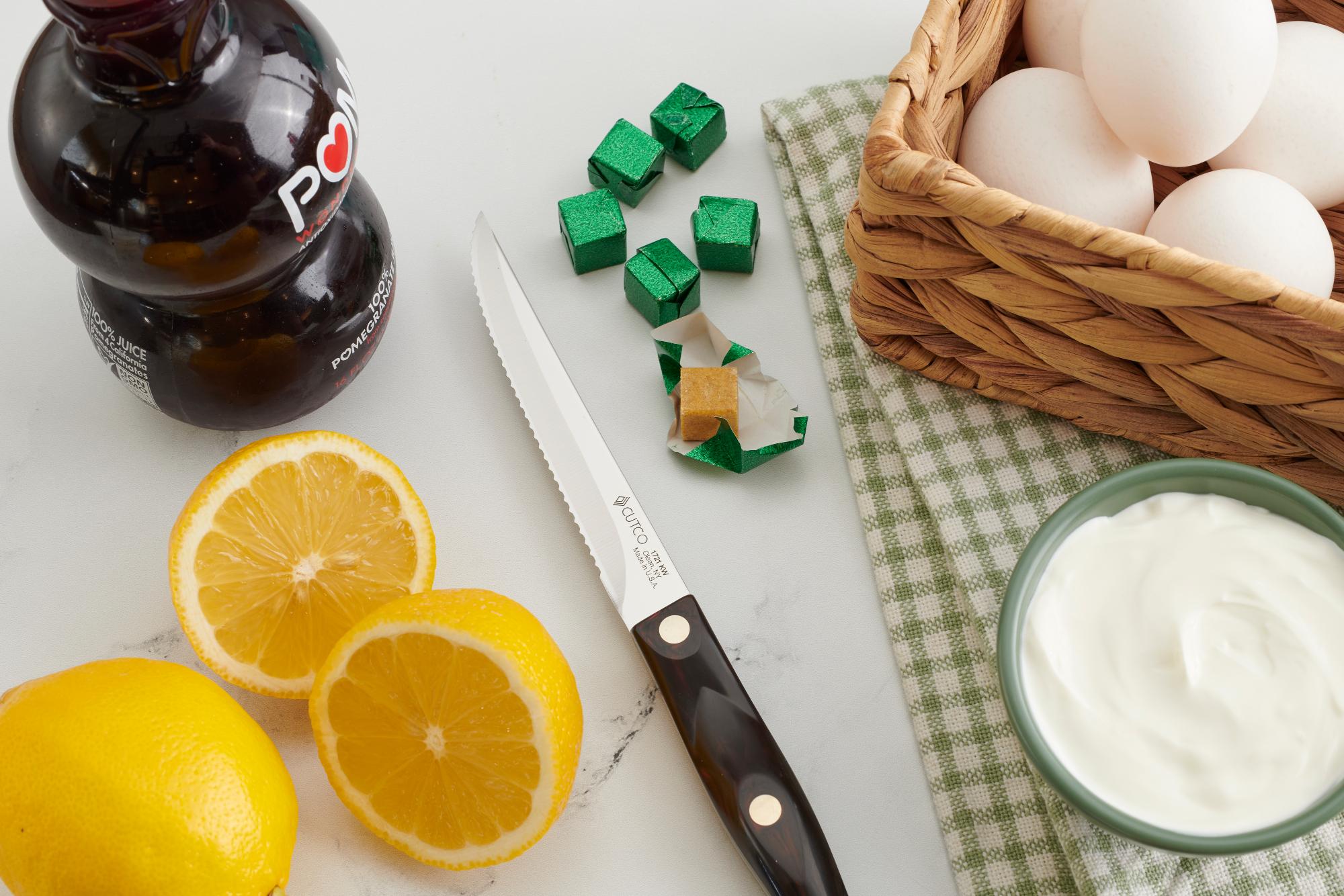
Cooking in the kitchen should be enjoyable and have a bit of creativity in the process. Unlike baking, which requires a bit more of a scientific approach, cooking is flexible and is really what you make of it, and what flavors you want to add to a dish. That said, there’s nothing worse than reaching for that chicken broth or buttermilk and realizing it’s not there.
Remember that word flexible and don’t panic! There are several substitutions you can make while cooking, you just need to know what makes a great substitute and how much you need.
Missing an ingredient is just a minor bump in your creative cooking journey. Hopefully the list provided below (although not exhaustive) will help you during those times and get you thinking of what else you can change!
Ingredient Substitutions
Broth: No broth? Use a bouillon cube or bouillon granules. For 1 cup of broth, substitute 1 bouillon cube or 1 teaspoon instant bouillon granules per 1 cup of water.
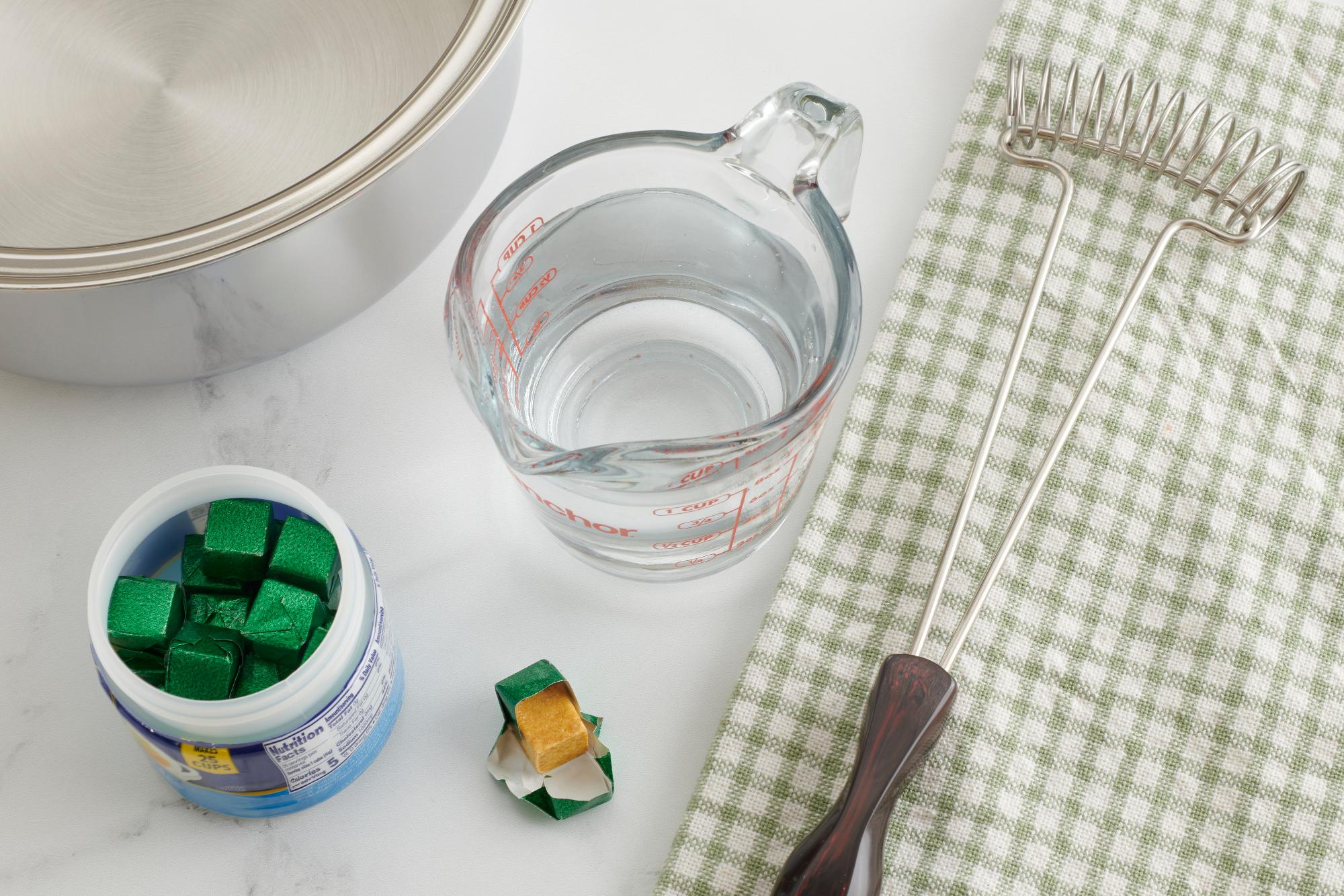
Butter, salted: For 1 cup of butter - salted, use an equal amount of margarine or shortening but also add ½ teaspoon salt.
Butter, unsalted: For 1 cup of butter - unsalted, use an equal amount of shortening or 7/8 cup vegetable oil, or 7/8 cup lard can be substituted for unsalted butter.
Buttermilk: For 1 cup of buttermilk, use 1 tablespoon fresh lemon juice or vinegar (white or white wine vinegar) plus enough milk to make 1 cup. Let the mixture sit for 5 minutes before using. You can also use plain yogurt, simply thin it with milk.
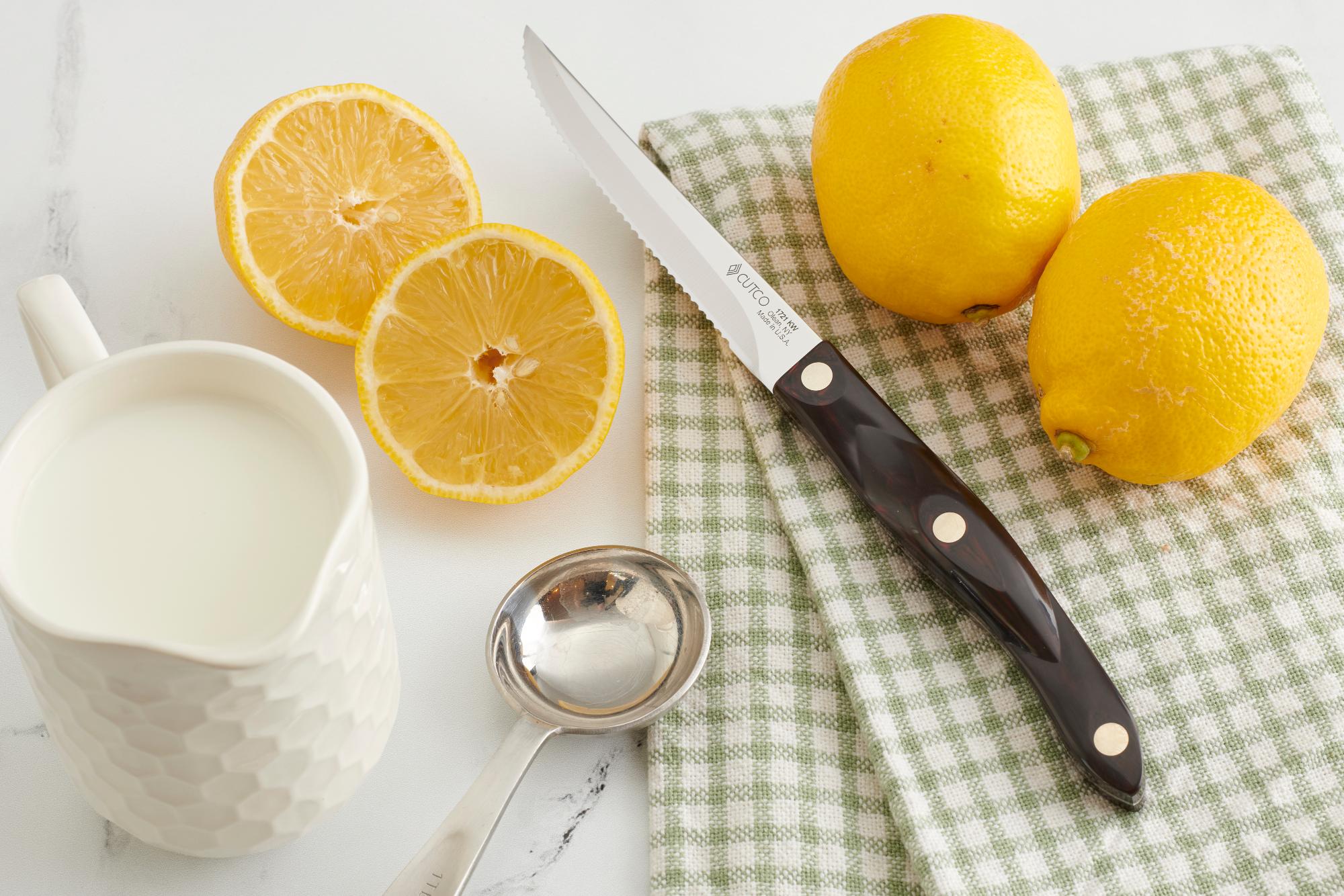
Canola oil: Similar in taste, sunflower or safflower oil are good substitutes for canola oil.
Cooking oil: It’s likely that you have olive oil, canola oil or coconut oil in your pantry to use in this instance.
Corn syrup: Substitute one cup granulated sugar, plus 1/4 cup water for one cup of corn syrup.
Cream cheese: The most common substitute for cream cheese is either ricotta or Neufchatel cheese.
Egg: If you have egg product substitute, use 1/4 cup per 1 egg. Alternatively, combine 1 tablespoon ground flaxseed with 3 tablespoons water to replace 1 egg.
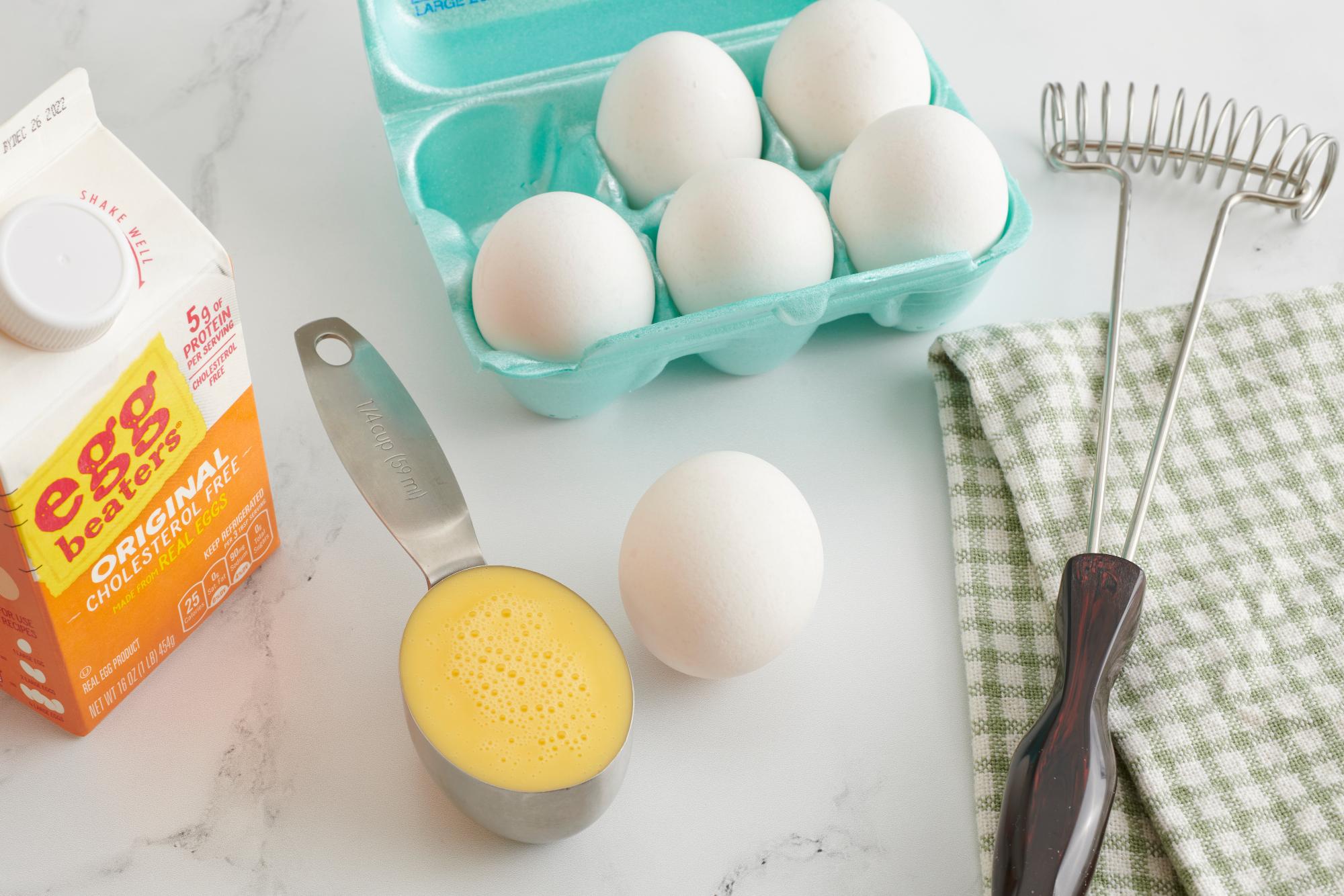
Half-and-half: Thicken 1 cup whole milk with 1 tablespoon of cornstarch or flour to mimic the consistency of half-and-half.
Heavy cream: Use 3/4 cup whole milk and 1/4 cup melted butter, but be advised that this substitution won’t work if you need to whip the heavy cream.
Honey: 1 1/4 cups granulated sugar plus 1/4 cup water can be substitute for 1 cup honey.
Milk: Substitute ½ cup evaporated milk plus 1/2 cup water for 1 cup of milk or thin half-and-half or heavy cream with water.
Molasses: The easiest substitute (and most likely found in your pantry) is honey.
Sour cream: Plain Greek or nonfat yogurt (not sweetened) can be used in an equal amount to replace sour cream.
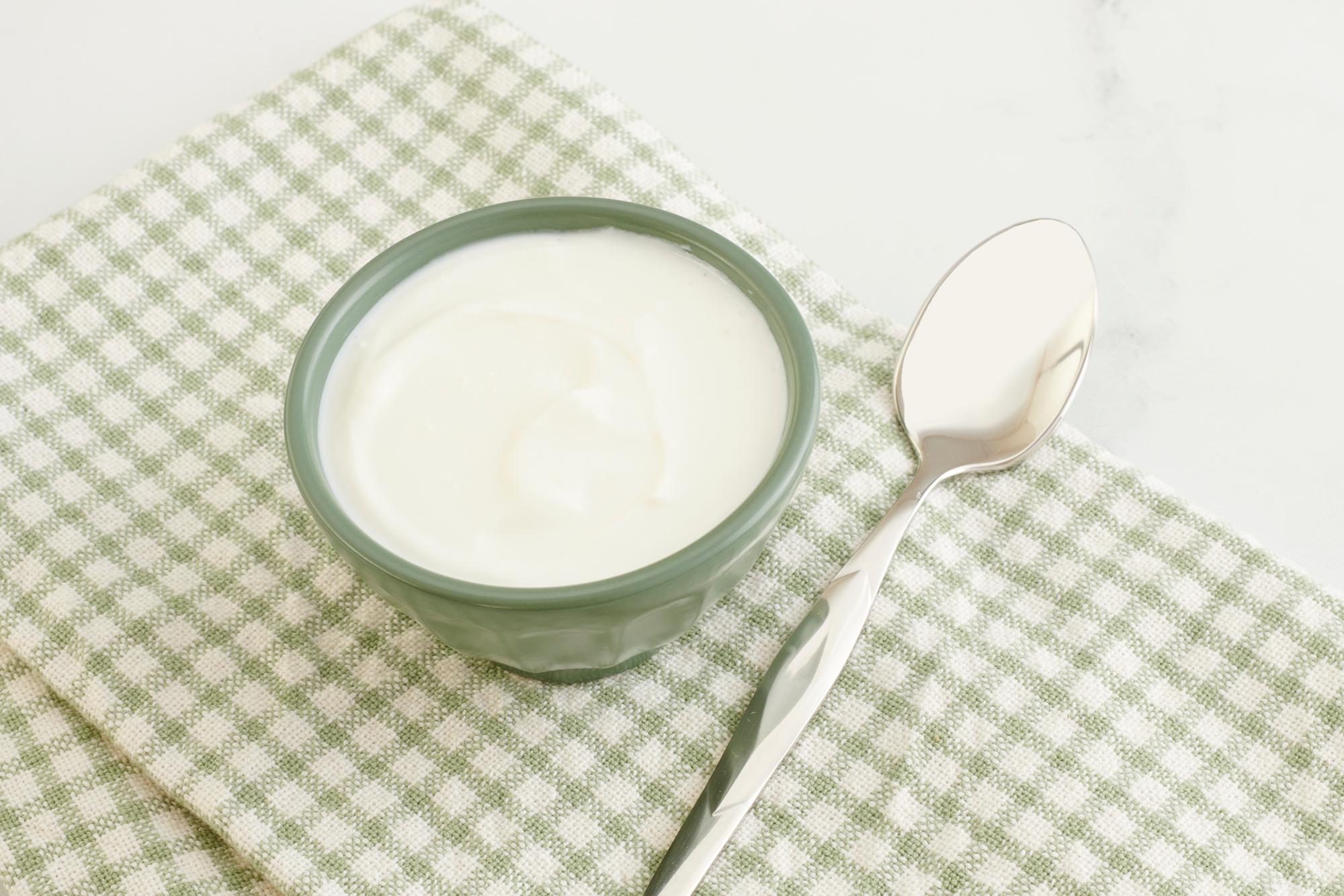
Tomato juice: Substitute 1/2 cup tomato sauce with ½ cup water for 1 cup tomato juice.
Tomato sauce: Substitute 3/4 cup tomato paste plus 1 cup water to produce 2 cups of tomato sauce.
Vegetable oil: Canola, safflower, peanut or grapeseed oil can easily be substituted for vegetable oil when cooking.
Vinegar, balsamic: Substitute 1 tablespoon cider vinegar or red wine vinegar plus 1/2 teaspoon granulated sugar for 1 tablespoon balsamic vinegar.
Vinegar, white: Lemon or lime juice is an equal amount substitution, while white wine can also be used but the amount is doubled.
Wine, red: Substitutes include beef or chicken broth and cranberry or pomegranate juice (the juices can be used in both savory recipes and desserts).
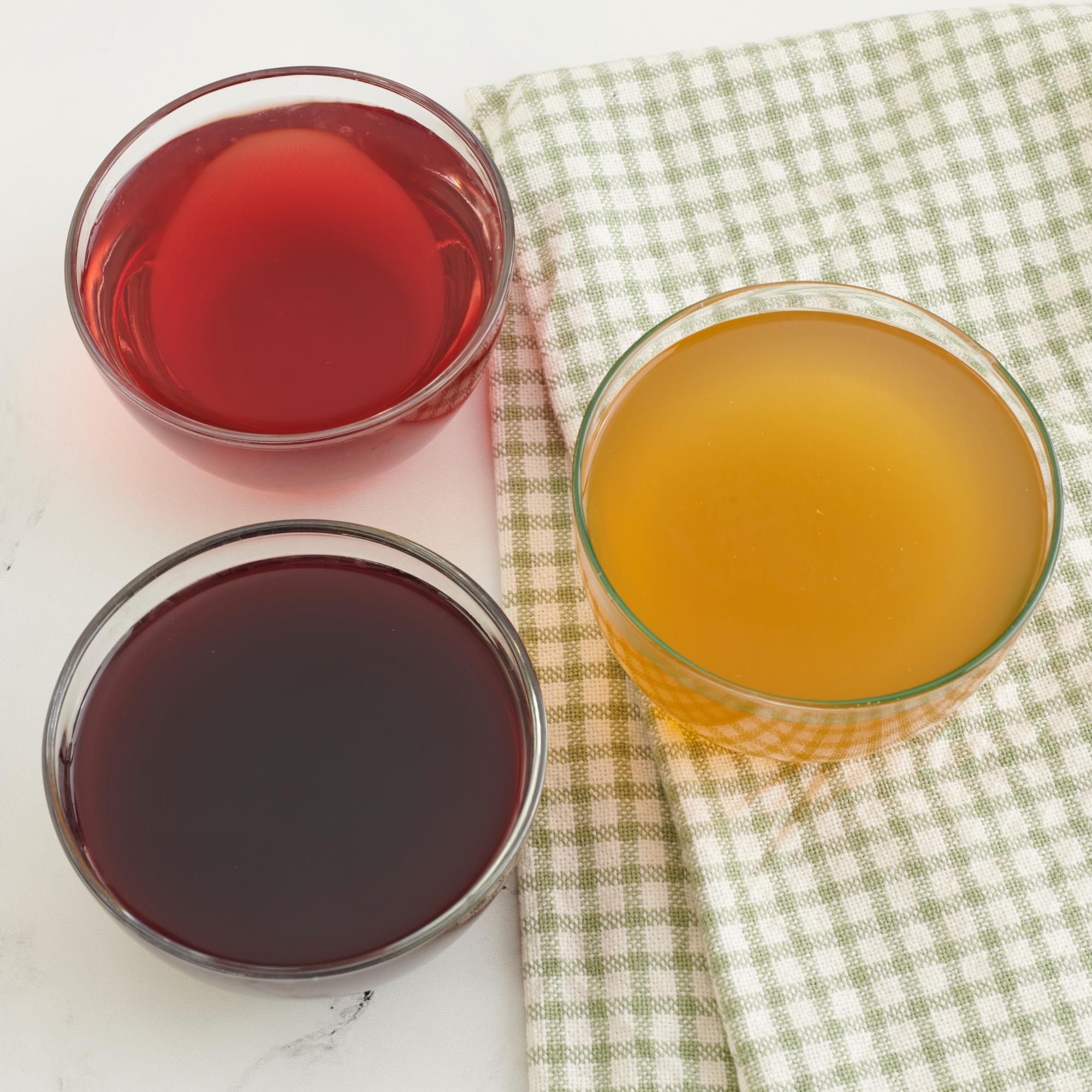
Wine, white: Chicken broth for savory dishes or apple juice or white grape juice in desserts. Ginger ale is also an option for a recipe that calls for sweet white wine.
This list is just a start to many substitutions that are possible. Use them when you find yourself without that necessary ingredient or when you want to stir things up. Explore your creativity and have fun in the kitchen!
If you’re looking for other recipe substitutions, check out our Guide to Common Spice Substitutions.
